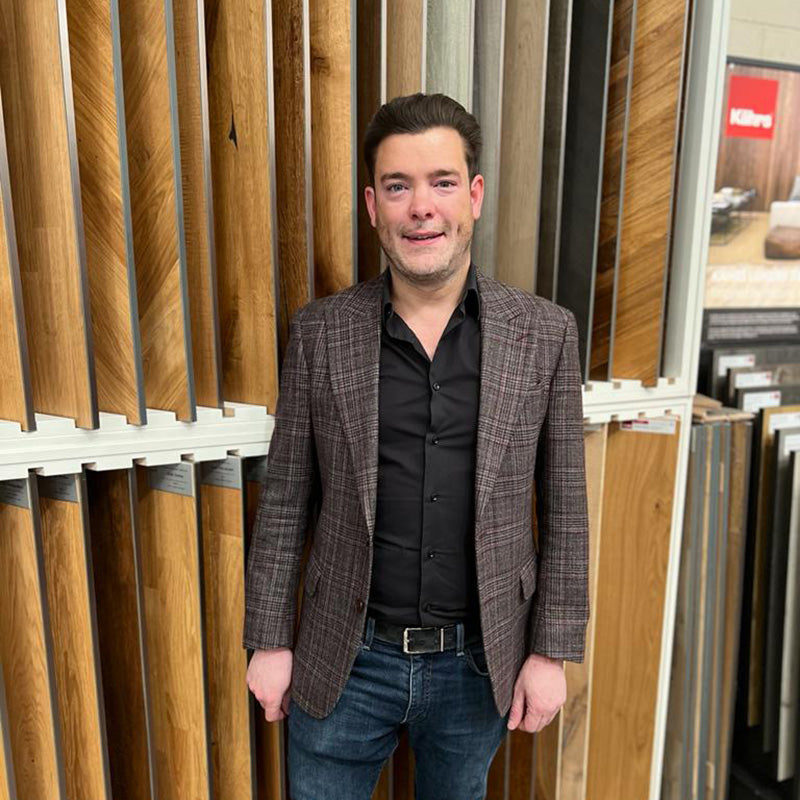The most sustainable flooring materials of 2025
Written by: Yarl ChristiePublished on: April 04, 2025
The Ultimate Guide to Natural and Sustainable Flooring Solutions
Quick Links
When considering flooring upgrades, people typically consider longevity, cost, and style. Sustainability? That usually comes in last — if at all. But the truth is, flooring can play a big part in how eco-friendly your home really is.
Every floor has a backstory. While some are constructed of natural materials derived from renewable resources, others are built of chemicals and plastics. It's important to understand your alternatives if you're even slightly concerned about the environment or simply want less chemicals in your house.
Why it matters
Let’s keep this simple. Many popular flooring solutions, such as vinyl, laminate, and synthetic carpets, are composed of non-biodegradable materials. Furthermore, they frequently emit dangerous gases into the atmosphere, particularly when they are brand-new. That “new floor smell”? Not as innocent as it seems.
On the contrary, natural and sustainable flooring may be recycled or properly decomposed when it's time for a replacement, is better for indoor air quality, and frequently lasts longer. Although they may initially cost a little more, they tend to age better and make you feel better about the things you wear every day.
Cork
The nice thing about cork oak trees is that they don't require cutting down to produce cork. The bark just grows back. Although it takes time, the method is sustainable.
If you have children running about or are on your feet all day, cork floors are ideal since they are soft underfoot. It remains warm and reduces noise. Although it isn't the best for really damp spaces like bathrooms, it looks great and functions well in living rooms, workplaces, and bedrooms.
Bamboo
One of the plants that grows the fastest in the world is bamboo. It is a great choice for anyone wishing to avoid hardwoods that take decades to mature because it may grow quickly—in just a few months.
Don't be fooled by the word "plant." Bamboo flooring that is properly constructed is resilient, particularly when it is strand-woven. It can be found in finishes that resemble walnut, oak, and other materials.
The only thing to watch is the glue used in cheaper brands. Some still use adhesives with formaldehyde, so it’s worth checking that before you buy.
Reclaimed wood
This is old wood given new life. It may originate from abandoned factories, barns, or demolished homes. That wood is cleaned up and utilised again as flooring rather than being dumped in a landfill.
Reclaimed wood has a character that new boards don’t. The imperfections — knots, nail marks, uneven grains — are what make it beautiful. If you're into a more rustic or lived-in look, this is your lane. It’s not always the cheapest option, but it’s a solid one if you care about reducing waste and love floors with a story.
Real linoleum
Linoleum’s been around for over 100 years, but people often confuse it with vinyl. They’re not the same. Real linoleum is made from things like linseed oil, cork powder, and wood dust — all natural stuff.
It’s antibacterial, lasts for decades, and breaks down naturally when it’s tossed out. Style-wise, it’s got more options now than you might expect, from bold colours to neutral tones. It’s a great fit for kitchens or utility rooms where you want something tough but not plastic.
Stone
Stone might not scream "sustainable" at first because of the mining involved, but it has one major advantage: it pretty much lasts forever. Once it's in, it’s in. And if you go for locally sourced stone, the environmental impact gets even smaller.
Slate, marble, limestone — they all bring something different to a space. Yes, stone is cold underfoot, but it works great with underfloor heating and gives a clean, classic finish.
Conclusion
You don’t have to go fully off-grid to make better choices at home. Flooring might not seem like the obvious place to start, but once you dig into the materials, the differences are pretty clear.
Natural options aren’t just about being green — they look good, feel good, and last. Pick one that fits your space, your lifestyle, and what you care about. And if you’re only tackling one room right now, that’s still a solid start.



